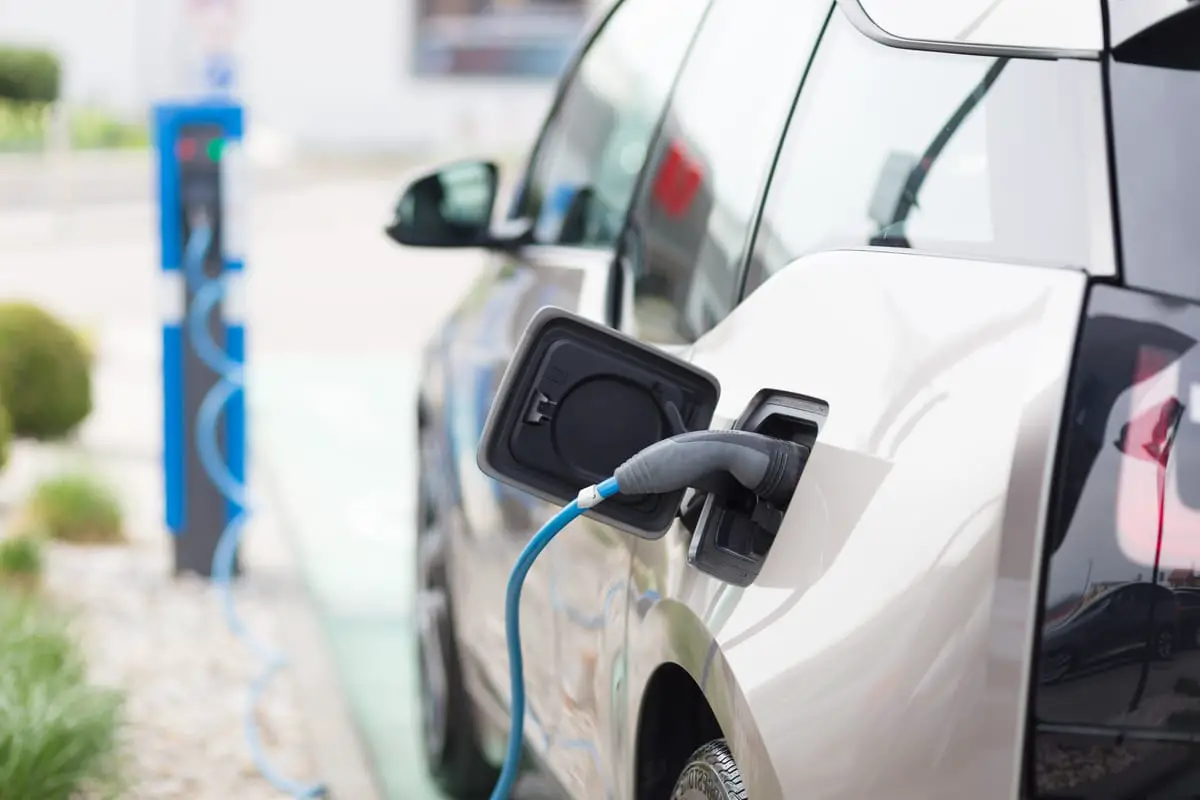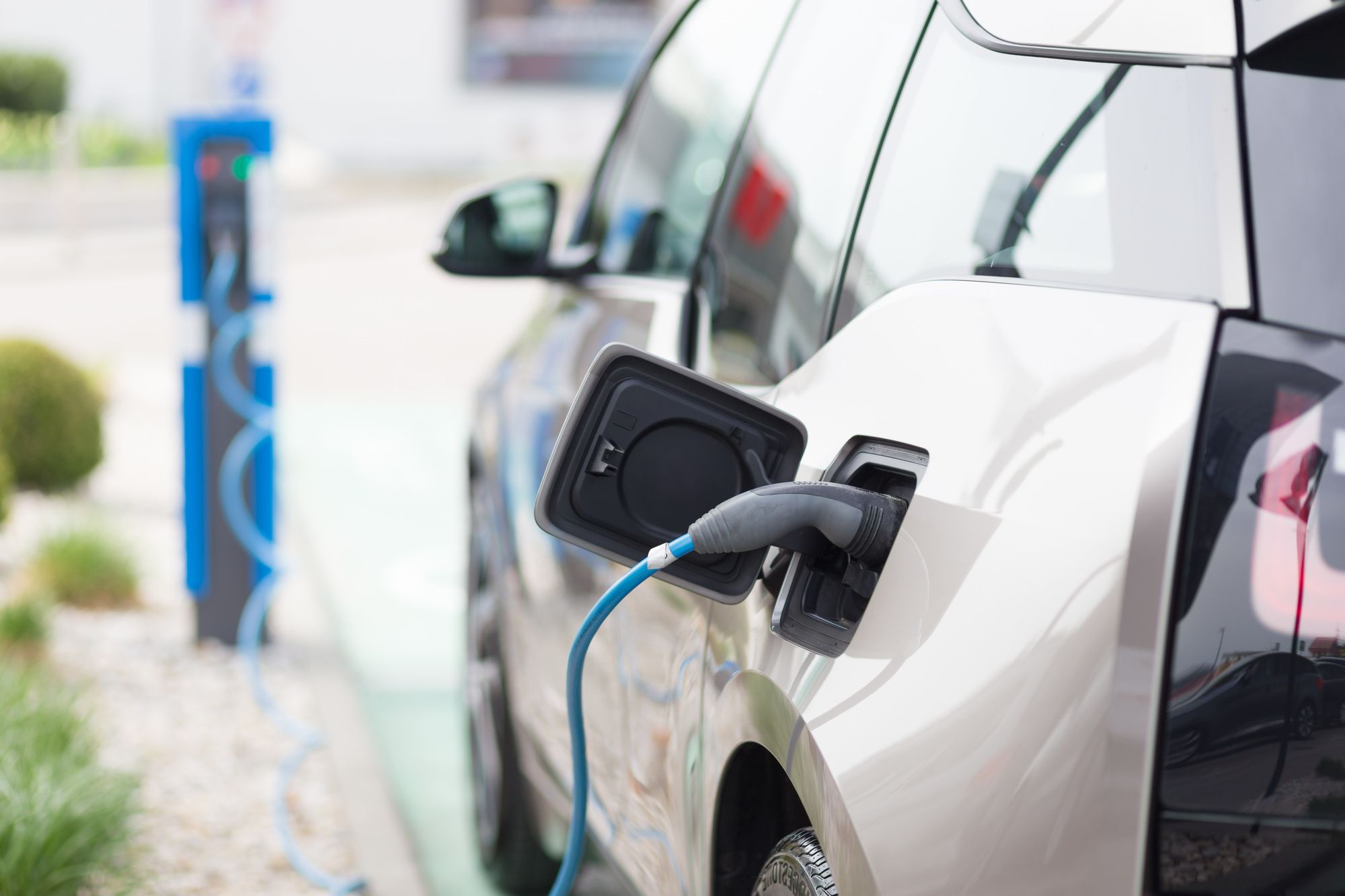How to choose and buy an electric car.
Choosing the right electric vehicle is different from buying a traditional gas-powered car or a gasoline-electric hybrid. You need to think more about range and charging than you do with a gas car, and you need to learn the language of electric vehicles.


Choosing the right electric vehicle is different from buying a traditional gas-powered car or a gasoline-electric hybrid. You need to think more about range and charging than you do with a gas car, and you need to learn the language of electric vehicles.
Buying an EV is also different than buying a regular car. You'll want to select a dealer who understands EVs and incentives or choose a carmaker that skips dealers altogether and sells online.
In the following sections, we'll take an in-depth look at the factors you should consider if you're looking to buy or lease a new electric car.
How Do You Choose the Right Electric Car
Like any car purchase or lease, picking the right electric car starts with your needs, budget, and lifestyle. But then there's more you have to look at, starting with how you use your vehicle, where you're going to charge it, and what incentives are available.
i)Look at Your Needs First
The first step you should take is looking at what you need from a car.
ii)Where Do You Drive, What Do You Carry?
If you need to tow heavy loads, regularly travel long distances in areas with few EV chargers, or don't have a reliable place to charge your EV, you might want to wait a couple of years until there are better options.
You can easily find EVs that can carry five people today, but only a couple that can carry up to seven. Need more seats? There just aren't any options available today, but there will be in the coming years.
With those exceptions, there's probably an EV that's right for you in today's market. Offerings vary from affordable compact hatchbacks with a decent range and peppy performance to electric cars, crossovers, and SUVs with breathtaking performance and price tags to match.
iii) Where Will You Charge?
Suppose you're living in a home with a dedicated space where an electric vehicle charging station can be installed, or your employer provides workplace charging for employees. In that case, the decision to buy an electric car is easy. Like most EV drivers, you'll charge at home or the office, and your vehicle will be ready to go when you wake up in the morning, or you leave work.
iv) Range
Once you've decided that an electric car is right for you, and you have an idea of your needs and budget, it's time to start shopping.
At or near the top of your list of considerations should be the range of the EV. When thinking about EV range, it's important to consider how far you reasonably need to drive between charging. Underestimating your required range will leave you with constant range anxiety, thinking about how soon you need to find a charger.
Buying a car with too much range can be costly. Unlike a gas tank, which is lighter as it empties, a battery pack remains the same weight no matter whether it's empty or full. Why carry the extra weight of a high-capacity battery if you don't need it.
The ranges of the electric vehicles available today vary greatly. At the lower end, you'll find cars and SUVs with ranges of around 100 miles. That's plenty for most daily commutes, but if you regularly take long drives or stress out anytime your fuel gauge gets below half, you'll want something with a longer range between charging sessions.
A few longer-range models can travel more than 300 miles on a single charge, though those vehicles come with steep price tags.
Most EVs on the road today can travel between about 180 and 270 miles on a single charge. You'll find everything from subcompact SUVs to high-performance sedans and crossovers with single-charge ranges in that band.
v) Charging
There are three main ways to charge an EV.
Level 1
Level 1 charging is plugging your electric vehicle into a typical household outlet. It will get the job of charging done, but very slowly. If you're just going to use your EV for a few miles of driving each day, you can get by with Level 1 charging. Much more use than that, though, and you'll want to charge your vehicle using a faster type of charging.
Level 2
Level 2 electric vehicle charging uses a 240-volt connection to charge significantly faster than Level 1 plug. Level 2 charging stations can be installed in your home, workplace, or public areas. A Level 2 charging station can recharge a typical EV overnight or during a workday. Different EVs can charge at varying rates, however, so you want to match any charging station you buy with your electric car's capabilities.
Level 3
If you're planning to use your electric car for any long-distance excursions, you'll want it to have the ability to charge from Level 3 DC fast chargers found at public charging stations. The Level 3 chargers can add dozens, if not hundreds, of miles of range to your EV in 30 minutes.
Level 3 charging is available at different speeds, and not every vehicle can take advantage of the fastest charging speeds. When you attach your car to a Level 3 charger, the car and charging station work together to achieve the fastest charging speed possible.
Currently, there are three DC fast charging standards in the U.S. CHAdeMO was an early standard, and it is only found on one EV sold today. Buy a used car, though, and it might have a CHAdeMO connector. SAE Combo is quickly becoming the most popular type of DC fast-charging plug, with the vast majority of new cars using simple-to-connect SAE Combo plugs. The final standard is the Tesla Supercharger Network, which is only compatible with Tesla vehicles.
vi) Performance
Cars powered by electricity perform differently than those powered by gasoline. While they handle like traditional vehicles, they accelerate differently because of their electric motors. Unlike vehicles powered by gasoline, which take a bit of time to build to maximum power and torque, electric motors reach their peak power the moment you press the accelerator pedal. That gives electric cars lively performance from a stop, with some models able to reach from zero to 60 mph in three seconds or less.
Of course, extreme performance comes at a price, and models with the quickest acceleration are the most expensive EVs in the marketplace. Even the most affordable EVs have ample performance for urban errands, though.
Reference:
i) John. M (2022) How to Choose and Buy an Electric Vehicle.




